Making Potholder Quilts Modern
What is a potholder quilt?
Potholder quilts are a traditional quilting technique that pairs beautifully with a modern aesthetic. Although they may sound like they belong in your kitchen, they originate as a very old form of group quilt.
Popularized in New England during the US Civil War, potholder quilts allowed people to individually create quilt segments and then gather to stitch those segments together to form a completed quilt to support the war effort.
Each participant made segments of the quilt that they pieced or appliquéd, quilted, and bound individually, creating a piece that, on its own, looked similar to a potholder.
This efficient method of creating a quilt allowed contributors to assemble an entire quilt quickly when they could work together.
The first time I saw a Potholder Quilt, I was at the Wadsworth Athenium in Connecticut, seeing an exhibit called “Colts and Quilts,” which exhibited a collection of guns and quilts from the Civil War era. The most intriguing part of the quilt was how the binding and assorted backing fabrics for each block created what was essentially a reversible quilt.
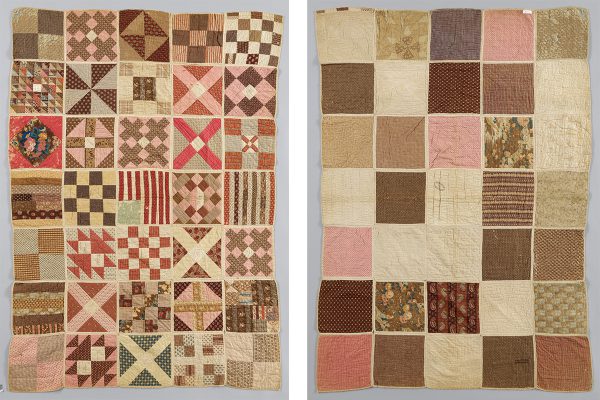
Designing a Modern Potholder Quilt
How do you go about making a potholder quilt modern?
This concept behind this Potholder Quilt stuck with me for years before I decided to make it modern. For me, the primary focus was on using the technique as the focal point of the design. This focus meant keeping the piecing minimal for the first project and allowing the binding to do most of the work.
Since the design focused on the binding, I wanted to create something other than a quilt built with the same size squares. I turned to traditional blocks for inspiration and found it in the Log Cabin Block. For a first project using this style of quilting, the Log Cabin allowed me to work with simple rectangular pieces that would be easy to assemble into the final design.
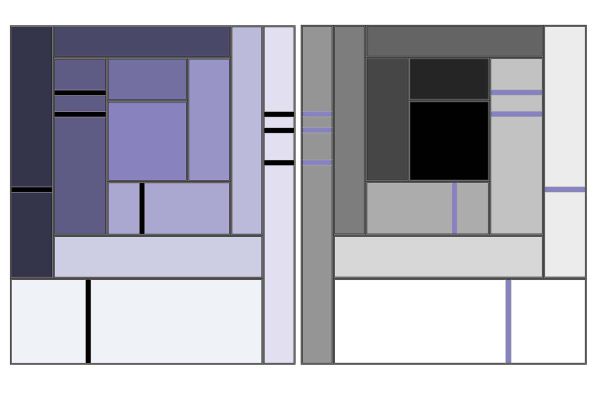
Design Tip: Develop your potholder design to incorporate negative space when possible. Depending on the overall density of your quilting, the components may shrink a little (or a lot) during the quilting process. By incorporating negative space into the design, you can trim the quilted component to the perfect size without losing any of your pieced or appliquéd design.
Quilting a Potholder Quilt
Do you find it challenging to maneuver a large quilt while quilting on your domestic machine?
One of the most significant advantages of a Potholder Quilt is the ability to easily quilt your project in small segments that you later join into a larger quilt. Each component is about the size of a mini-quilt, so you can try designs that require moving the quilt in different directions without worrying about the weight and size of a larger quilt.
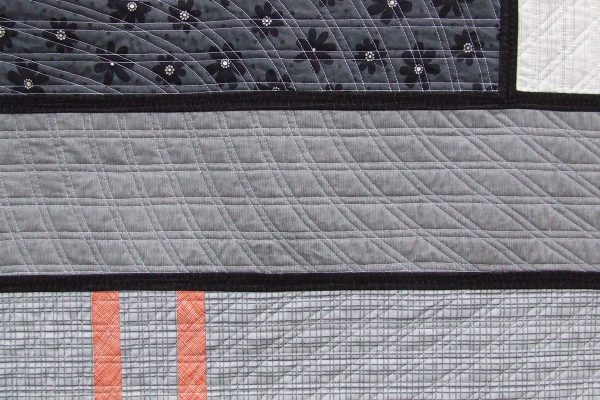
Changing the density of your quilting in a large project can prevent a finished quilt from laying flat. In a potholder-style quilt, you can alter the density of your quilting between components, allowing for interesting textural shifts between the components.
Binding the Components
Your favorite binding technique is the best one to use for your potholder quilt components. Ensure your binding wraps snugly to the cut edge of the quilt sandwich. Stitching that goes through the binding holds the finished quilt together, so you want to provide it with the added stability of the quilt to ensure its longevity.
Assembling the Components
The traditional method of finishing a potholder quilt is with hand stitching. This technique is still the best choice to merge the components with no visible stitching line.
A modern potholder quilt has a big advantage over it’s traditional cousin- we can machine stitch our blocks together which makes the construction process even faster!! A machine stitching line can add to the overall design of the quilt.
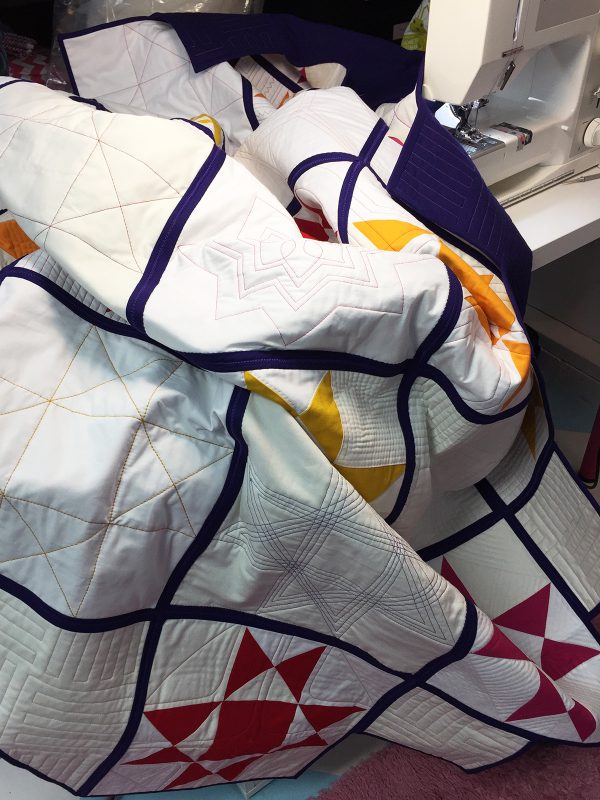
Most wide decorative stitches are appropriate to complete a potholder quilt. For this group quilt design, I selected a triple zig-zag stitch. The stitch’s physical and visual weight enhances the utilitarian aesthetic I was going for with this design.
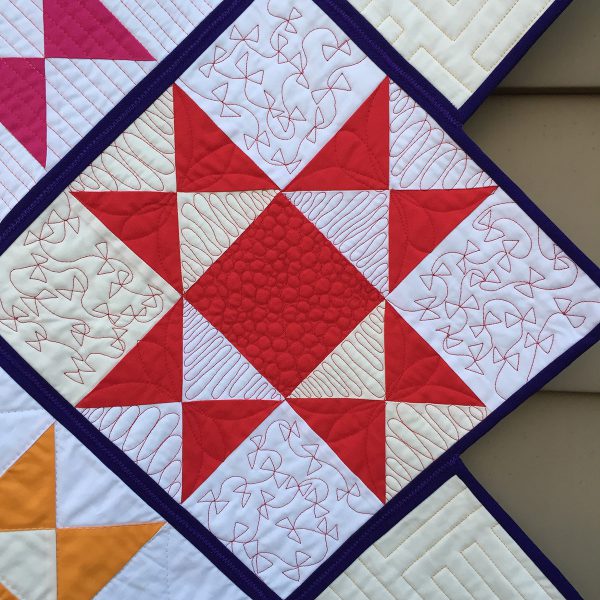
Options for a Unique Potholder Quilt
Vary the Shape
Any shape that can cleanly intersect with the shapes around it can become a building block for a potholder quilt. Uniform components, as well as irregular or organic shapes, work equally well.
Hexagon Quilt
I created the components for this hexagon-based potholder quilt using pieced equilateral triangles. This quilt features a single fabric line.
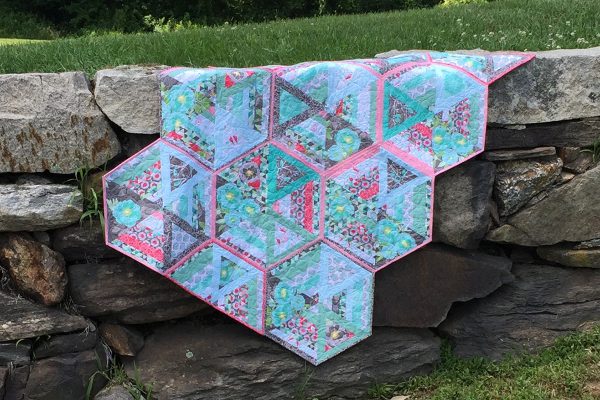
I chose to feature the pink colorway on one side of the quilt, and the turquoise colorway is more prominent on the reverse side.
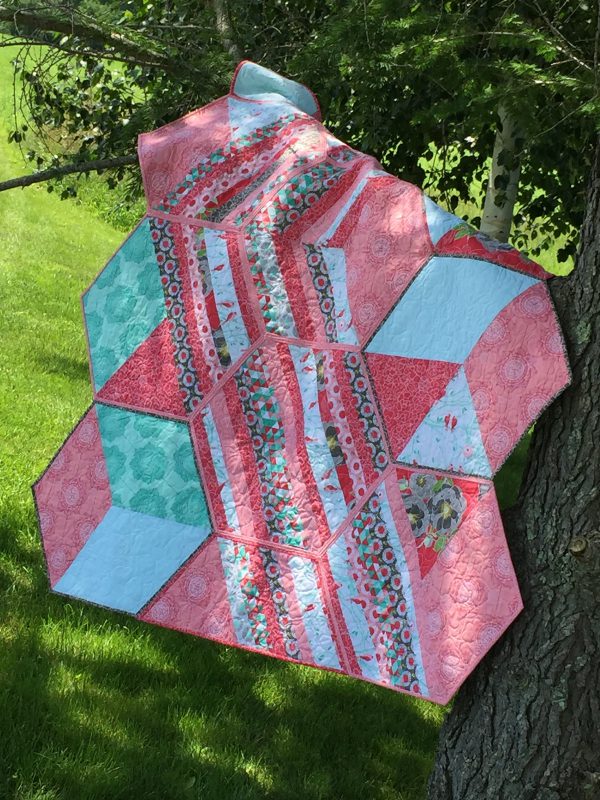
Using the Shape to tell the story
Petals in the Wind
The most unique aspect of potholder quilts is the individually bound components. When each section of the quilt is a stand-alone mini-quilt, we have additional design opportunities to highlight this feature.
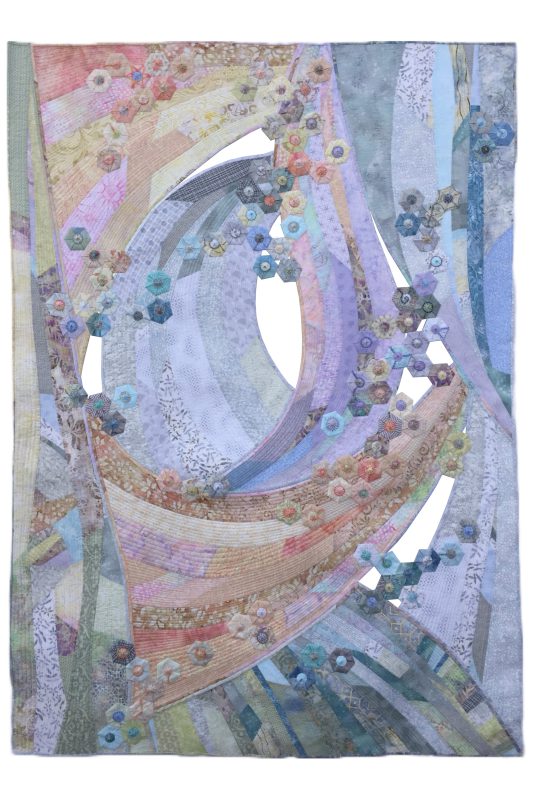
In Petals in the Wind, I created each component to partially intersect with the components around it, leaving openings between the sections that incorporated actual negative space as a design element.
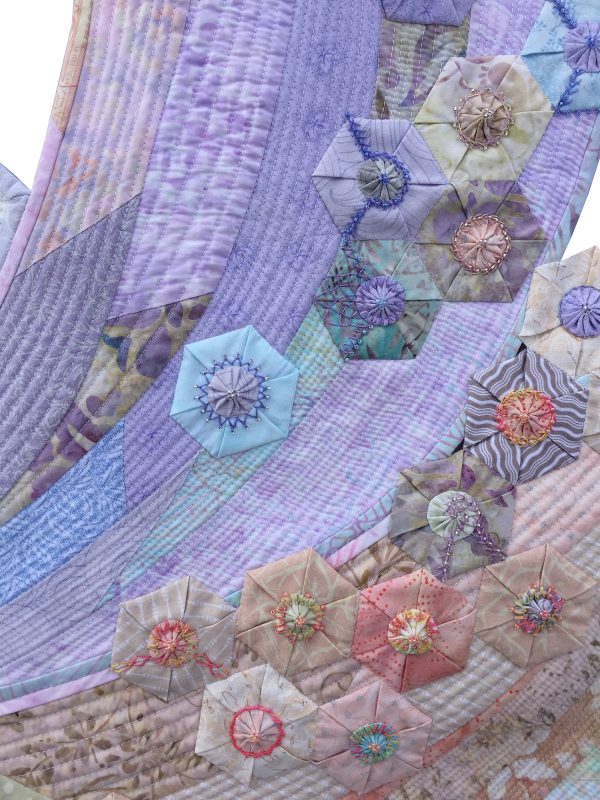
Where We Connect
Last year, I stretched the definition of a modern potholder quilt by creating a single quilt composition, cutting a circle from it, binding the cut edges, rotating the circle, and stitching it back together in the new configuration. The resulting quilt, Where We Connect, shifts the focus of the potholder quilt technique away from the practical in favor of purely aesthetic purposes.
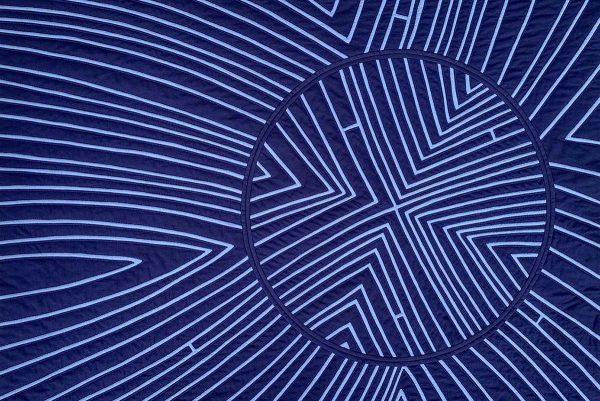
Make It a Modern Potholder Group Quilt!
Ohio Star Community Quilt
The potholder quilt technique is rooted in the creation of group quilts, so I was thrilled to team up with another guild member to lead the creation of our guild’s contribution to the Community Quilt Exhibit at the 2018 QuiltCon.
The Modern Quilt guild issued a color palette and theme, and each guild created its interpretation. As an Ohio-based guild, we featured the Ohio Star Quilt Block. Each quilt component included a block, some on the front and some on the back. This technique enabled each member to work on the piecing, quilting, and binding of the quilt, and a few of us finished the project together in a couple of hours at the end of the process.
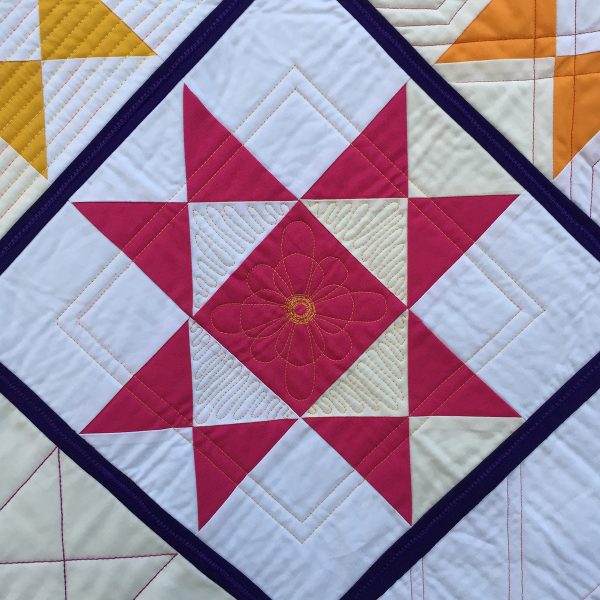
The result was a genuinely reversible modern potholder quilt, multicolored with a white and cream background on one side and the reverse with a dark blue background with white and cream stars.
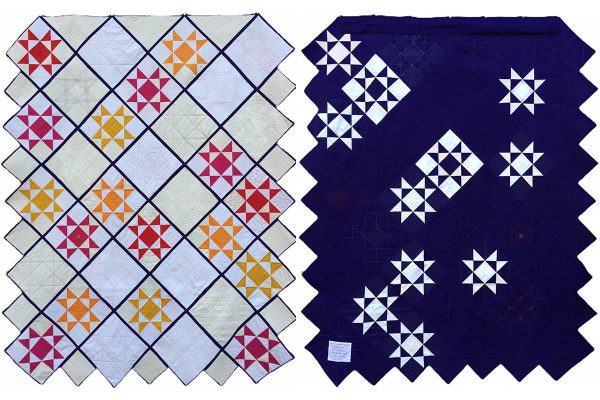
Does it hold up?
The most common question about modern potholder quilts is, “Do they last long term?”
I made many of my potholder quilts as wall quilts, or they have ended up as show quilts. However, the hexagon quilt shown above is a heavily used lap quilt. I created it in 2016 and have used it nearly every day since then. It gets washed a couple of times a year, and it is still going strong!
The Advantages of a Modern Potholder Quilt
- It’s Reversible- You can get two colorways or designs in a single quilt!
- Smaller sections are more manageable to quilt on your domestic sewing machine.
- Different quilting densities won’t cause your quilt to pull or not lay flat.
- Multiple quilters can create sections of the quilt and have it come together quickly at the end of the process.
Tips for Creating a Modern Potholder Quilt
- Make your quilted sections larger than you think you will need, then trim them to the size you need right before you bind them.
- Try the technique with simple shapes first and then move to more complex or organic shapes if you want to try more complex modern potholder quilts.
- Create several samples of bound quilt sandwiches to practice joining the potholder components before you move on to your main project. This sampling of techniques is beneficial if you want to explore the decorative stitches on your sewing machine.
- Give this a go as a group project to embrace the origins of the technique!
What you might also like
6 comments on “Making Potholder Quilts Modern”
-
-
What a great technique! I’ve been looking for good ways to do larger projects in a smaller space. Thank you for sharing this!
-
So interesting! I had not heard of this before. What a great option! I wonder since it’s heavier if it would be a good method for someone who wants a weighted blanket.
-
I never knew this type quilt had a name. I like to make QAYG log cabin blocks with an oversized back that is 1″ wider than the completed front. I stitch the blocks together, back to back, in a row, then fold the backing fabric (now on the front) to the front, fold the backing fabric in half stitch with a pretty stitch and have a completed quilt.
-
Hello,
I Love the Petals in the Wind… Please consider a small tutorial on how to make this style of quilt for a “wall hanging” no larger than Twenty inches by 20″. I do not understand how to make the unusual style of the Hexies. Thank you,
Gwen Ziegler. 🙂 -
Thank you for the information and samples, aka eye candy. I was especially drawn to Where We Connect. I’m curious though. is it done initially in a reverse applique?
Leave a Reply
You must be logged in to post a comment.




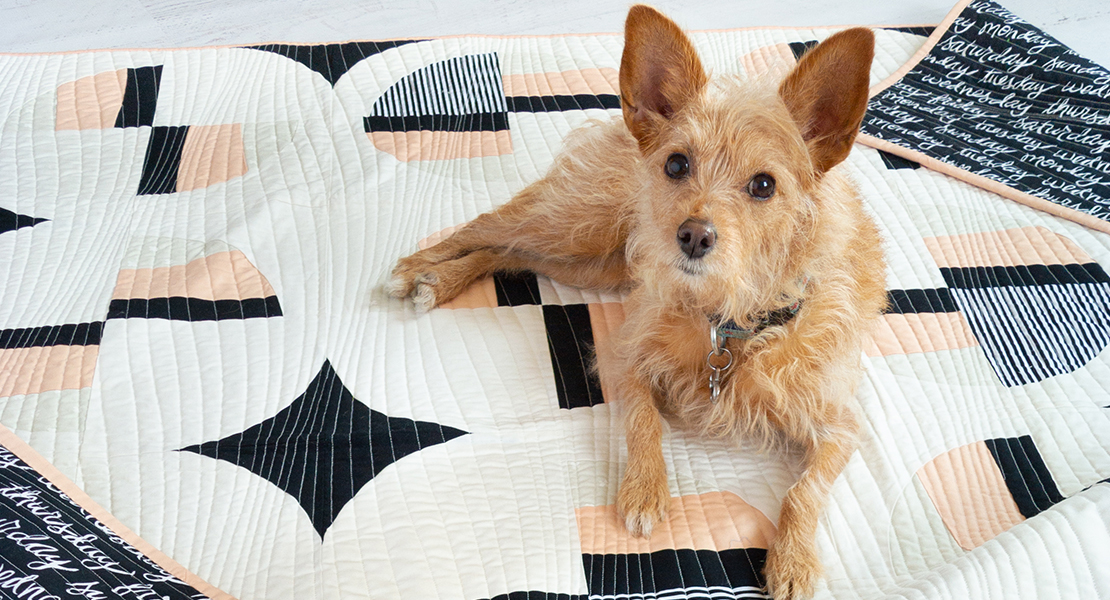
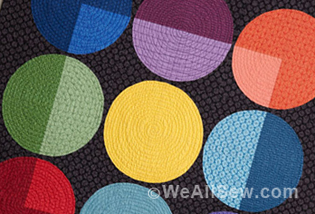
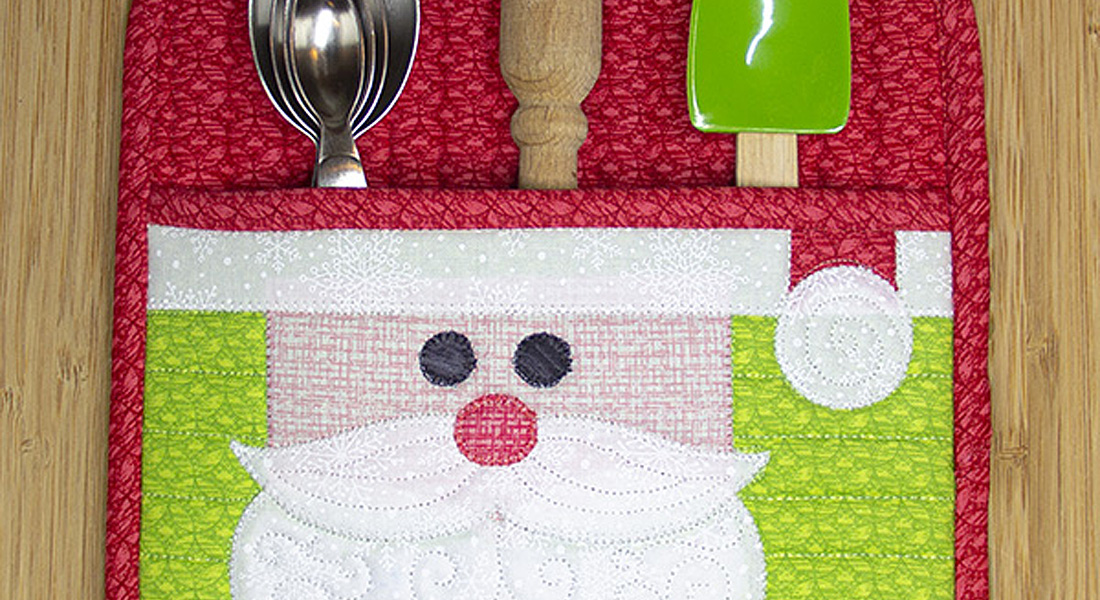
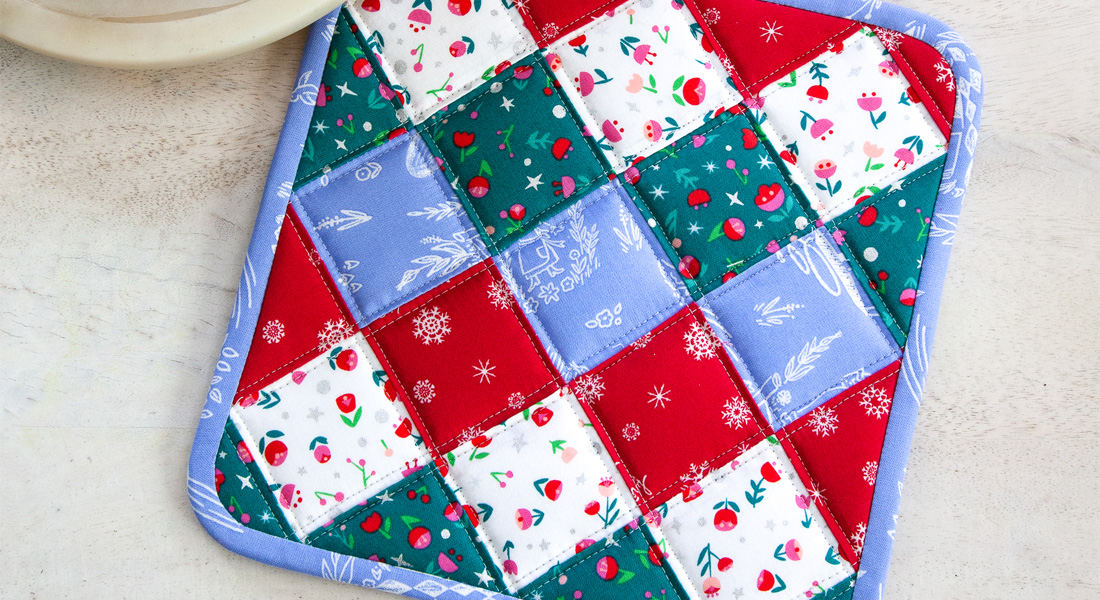
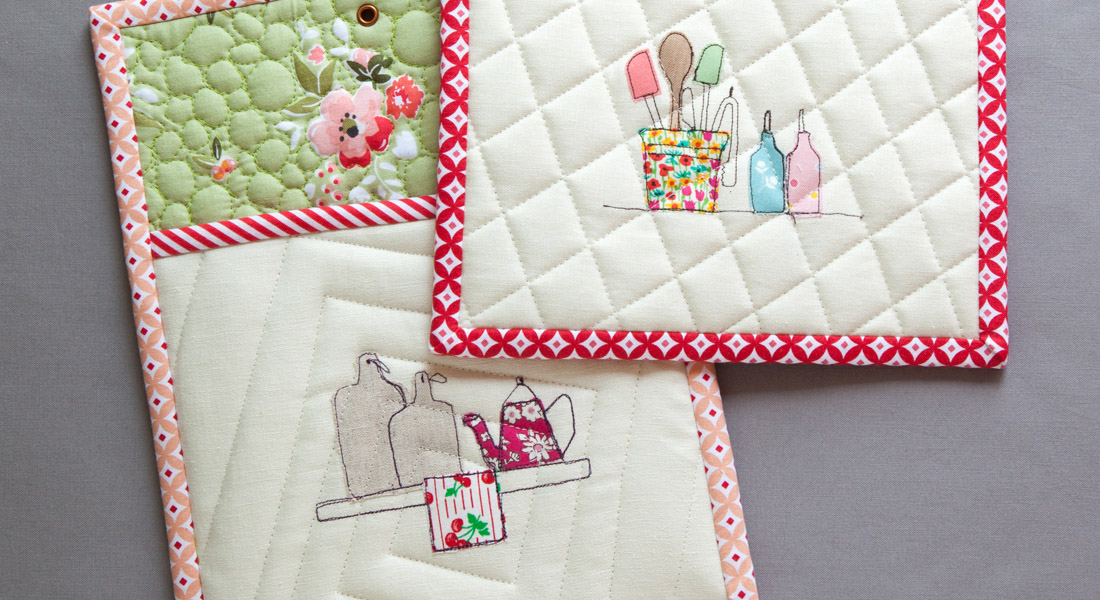
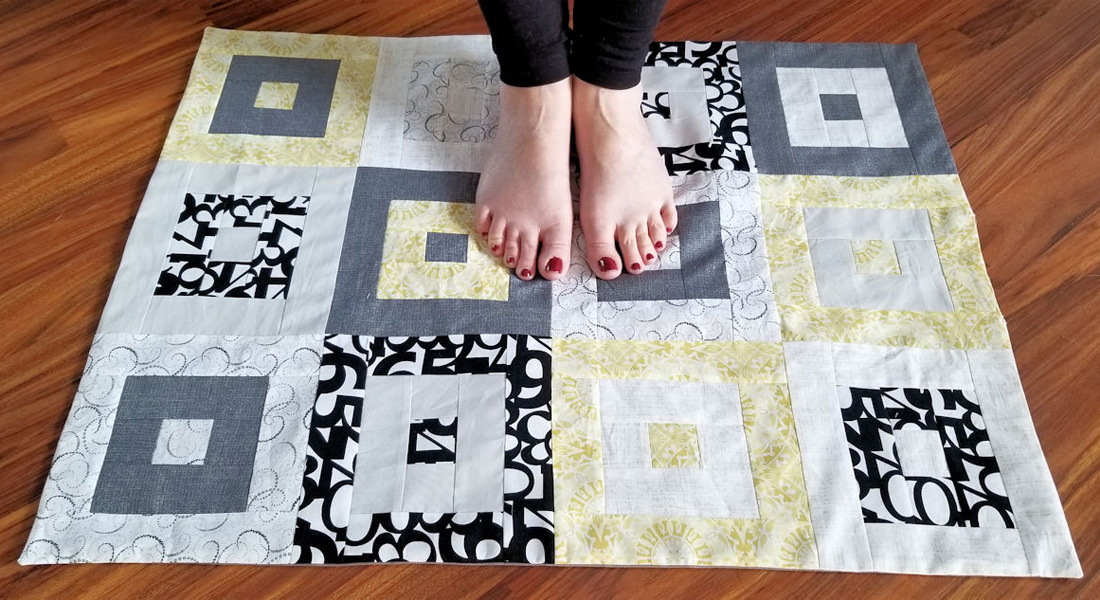
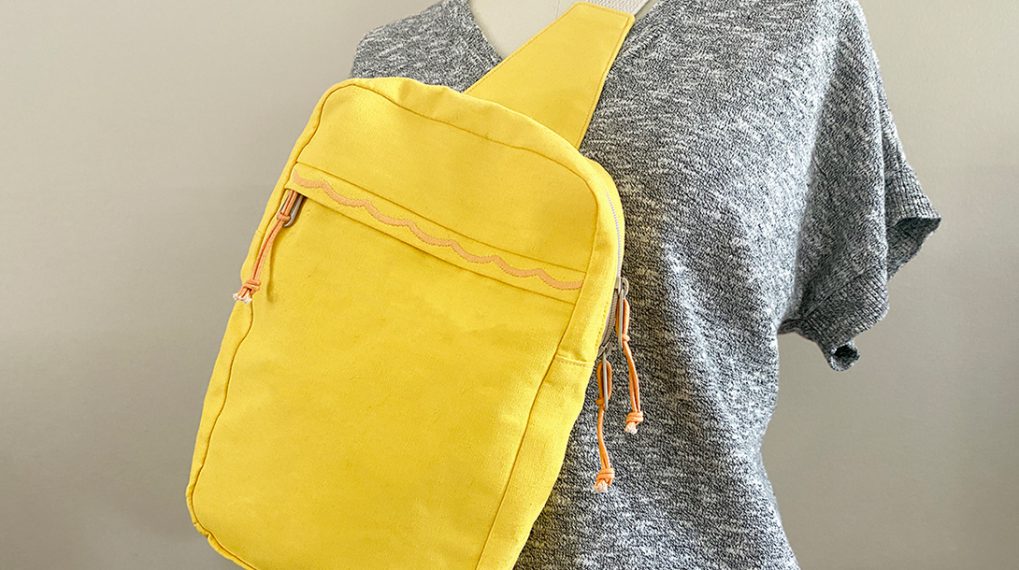
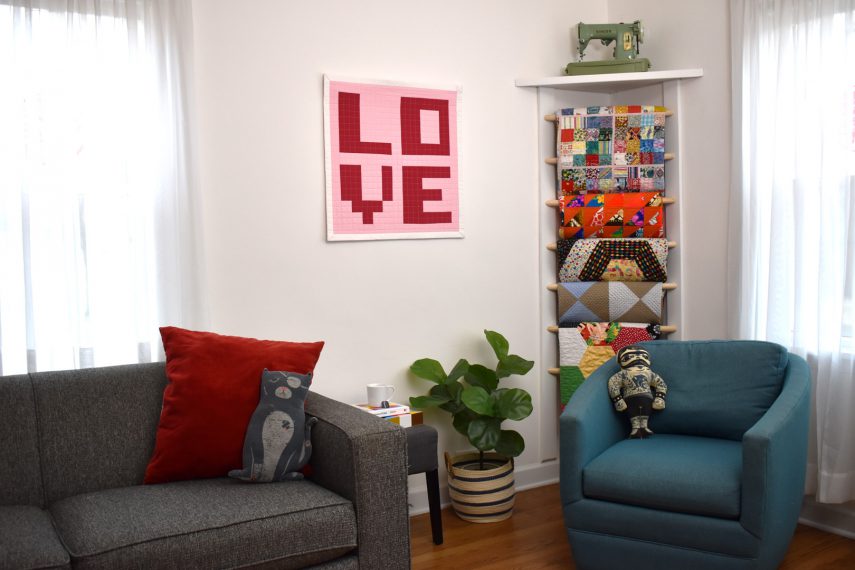
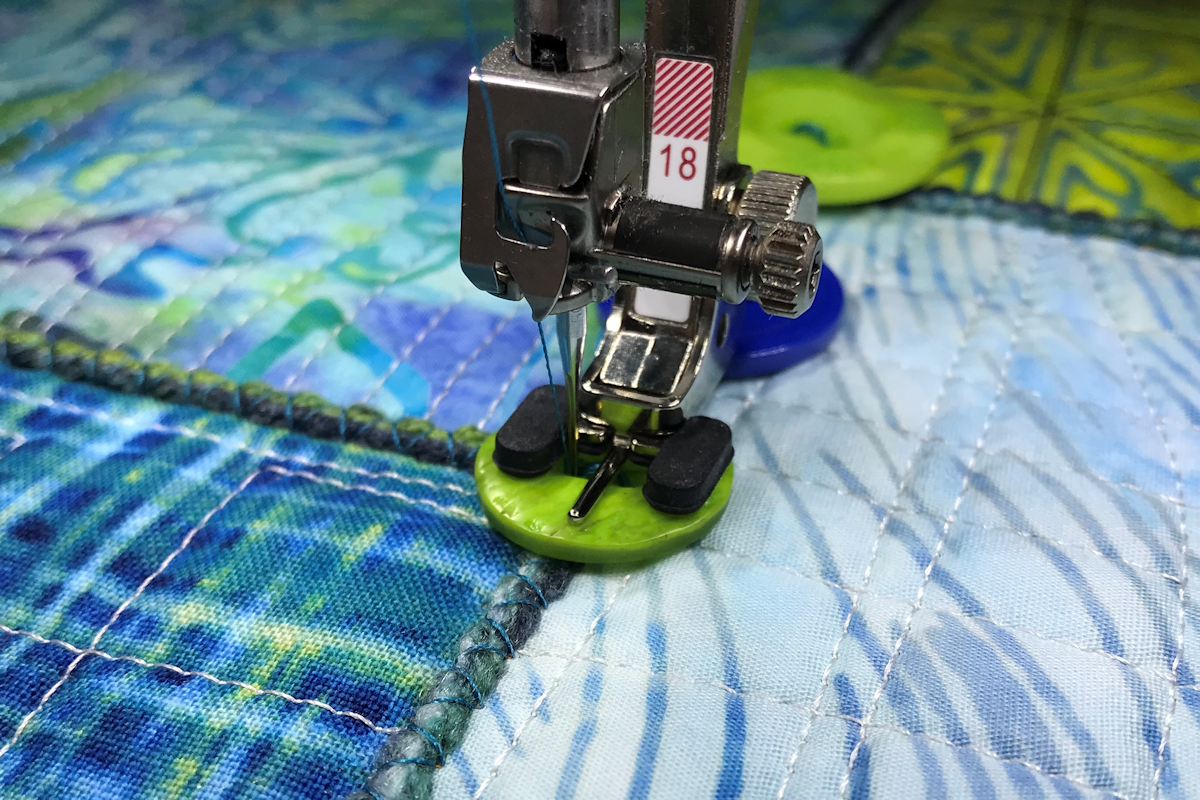
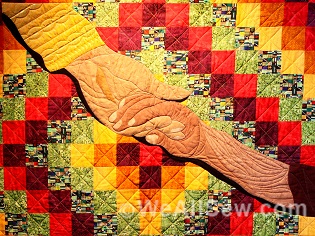
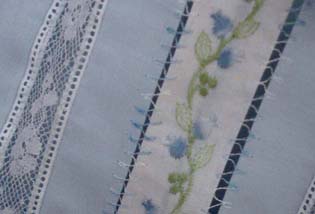
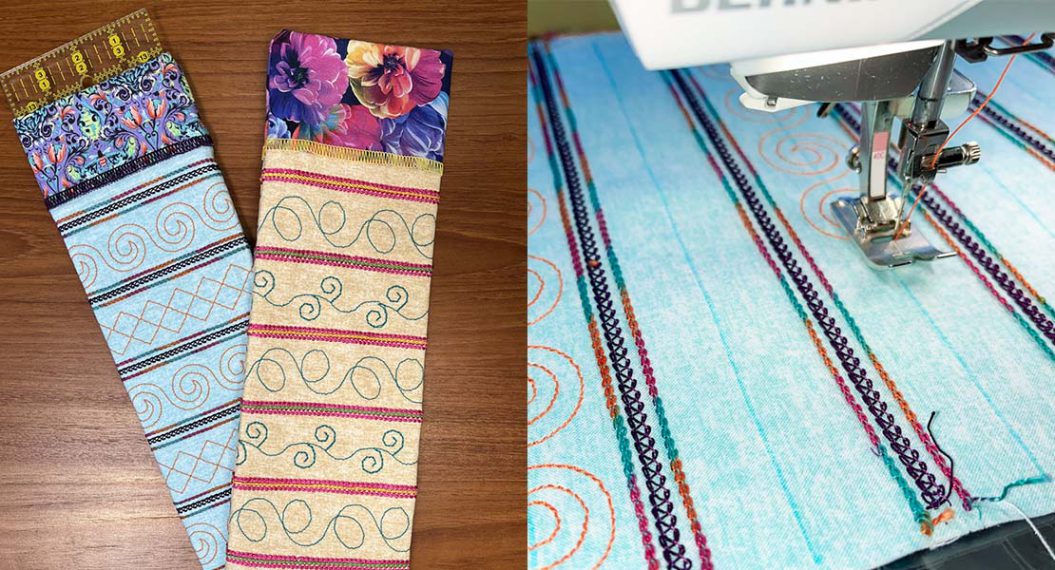
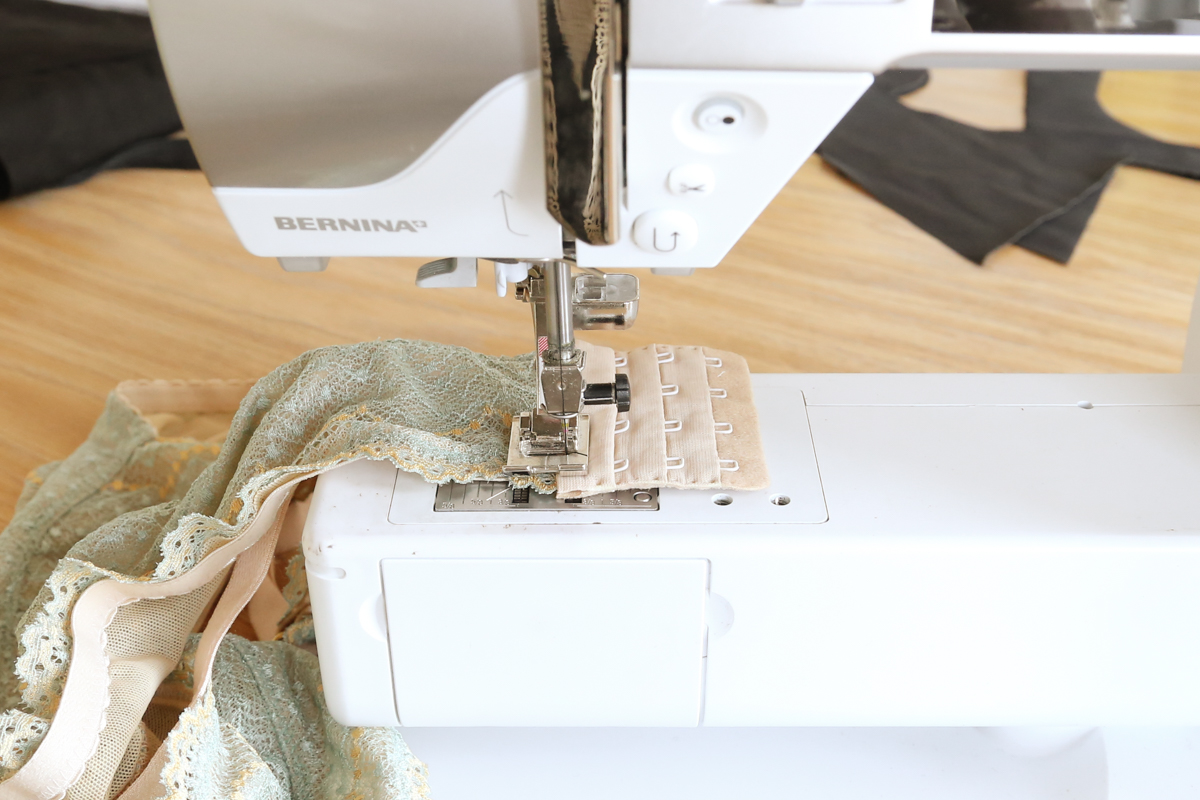
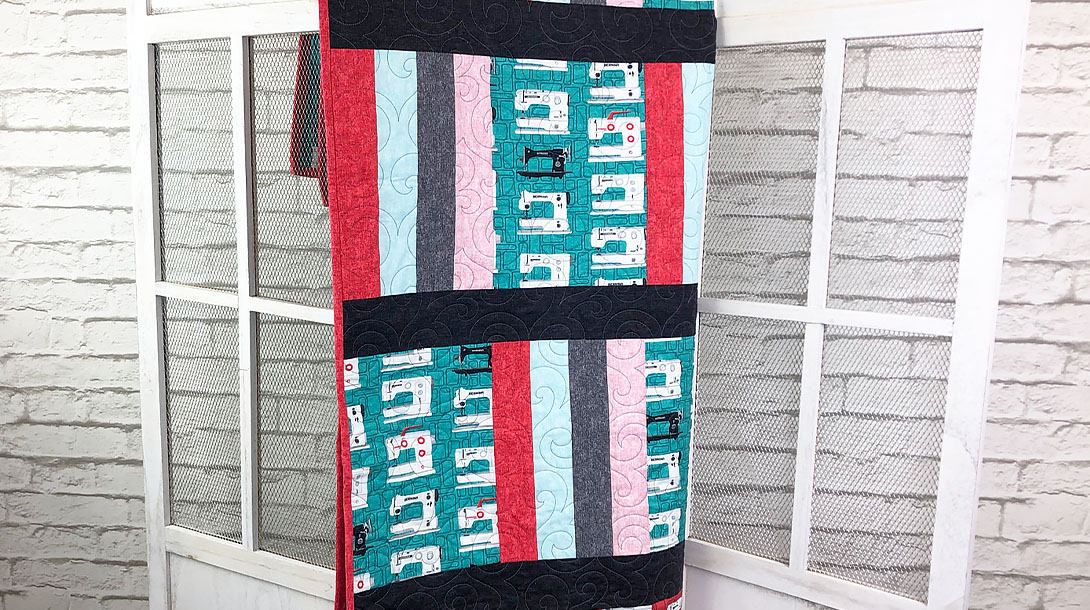
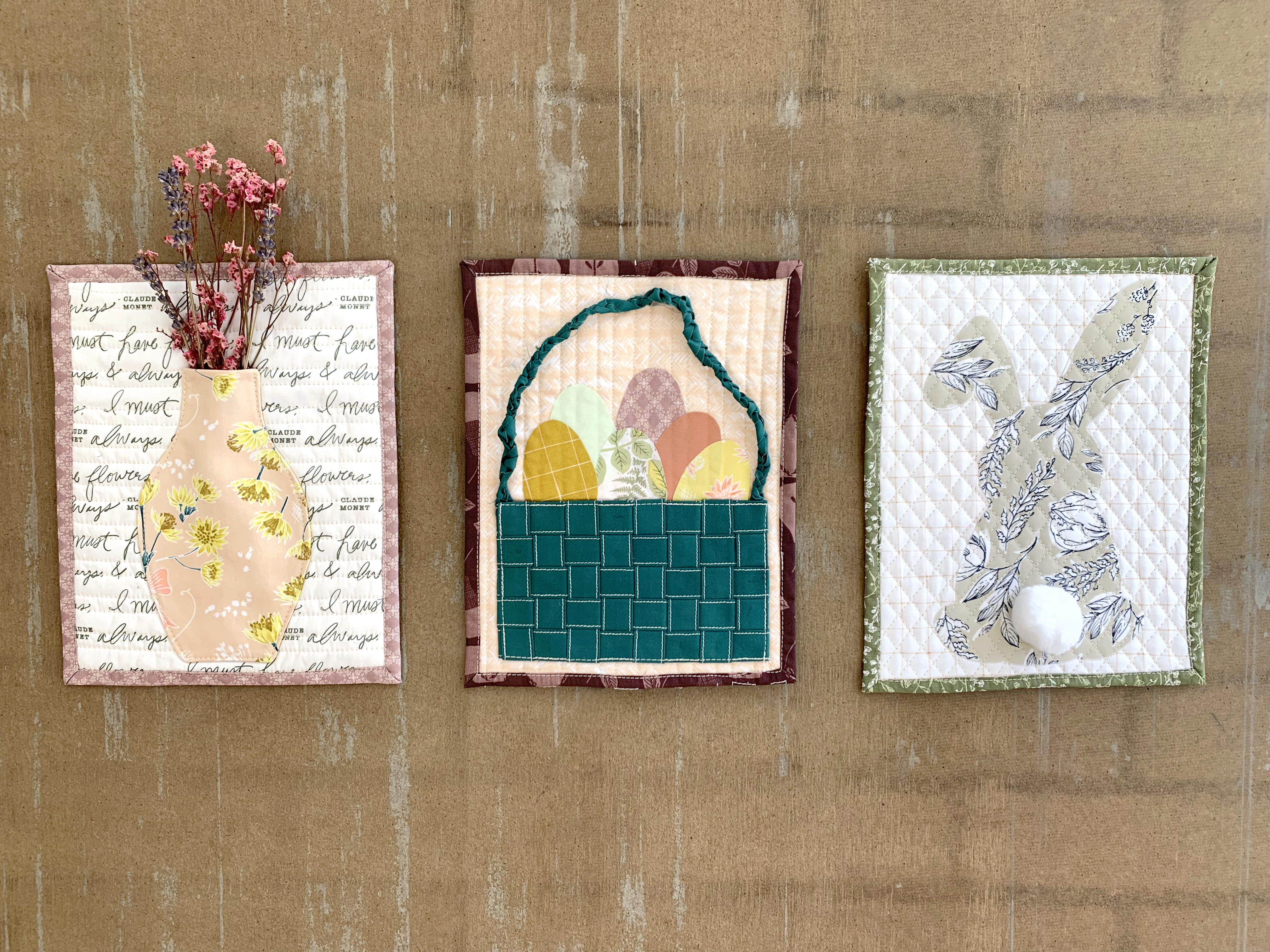
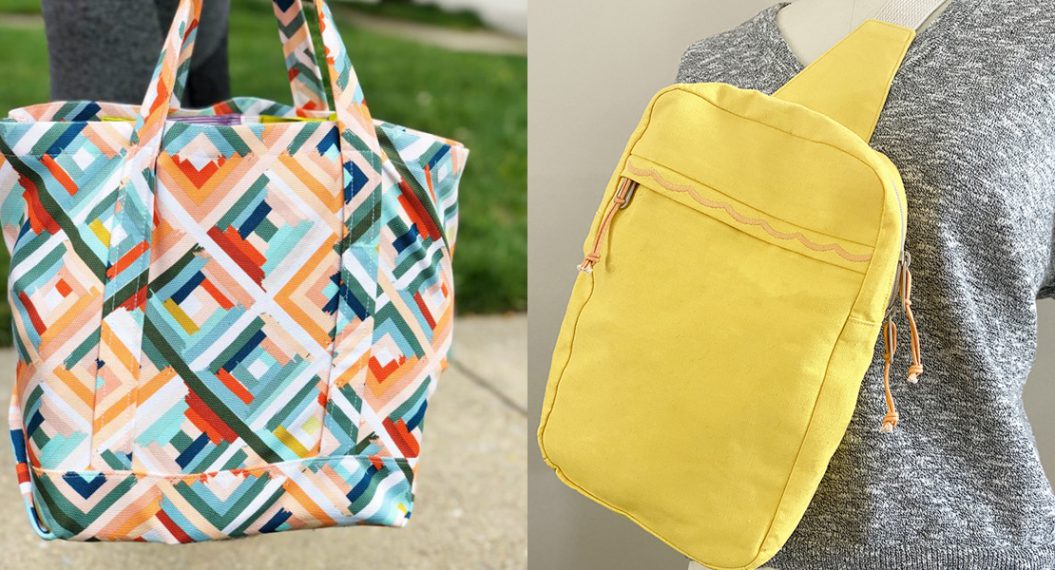
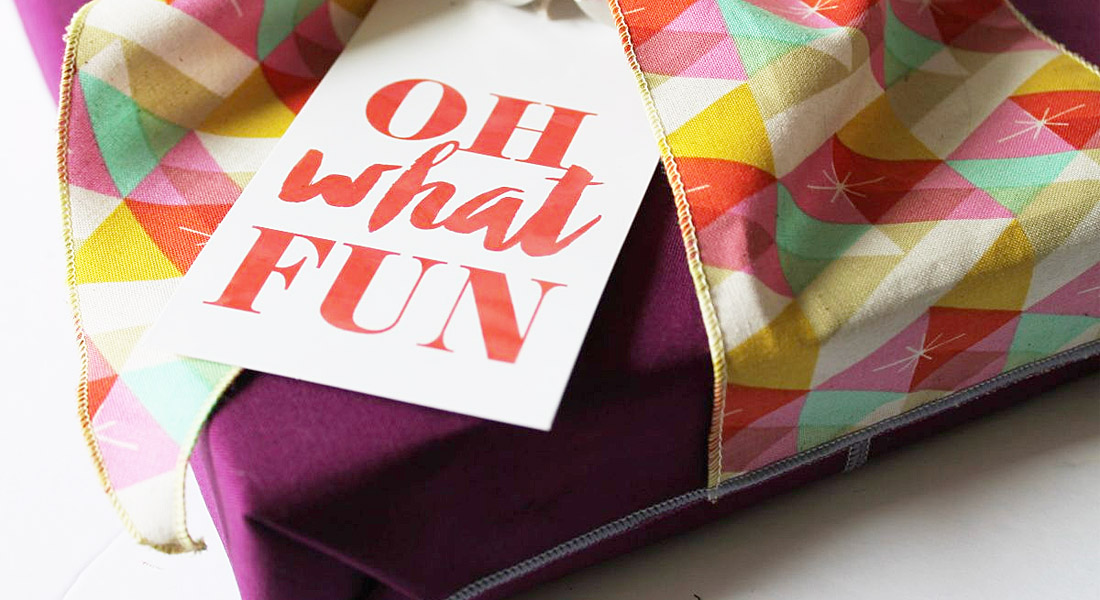
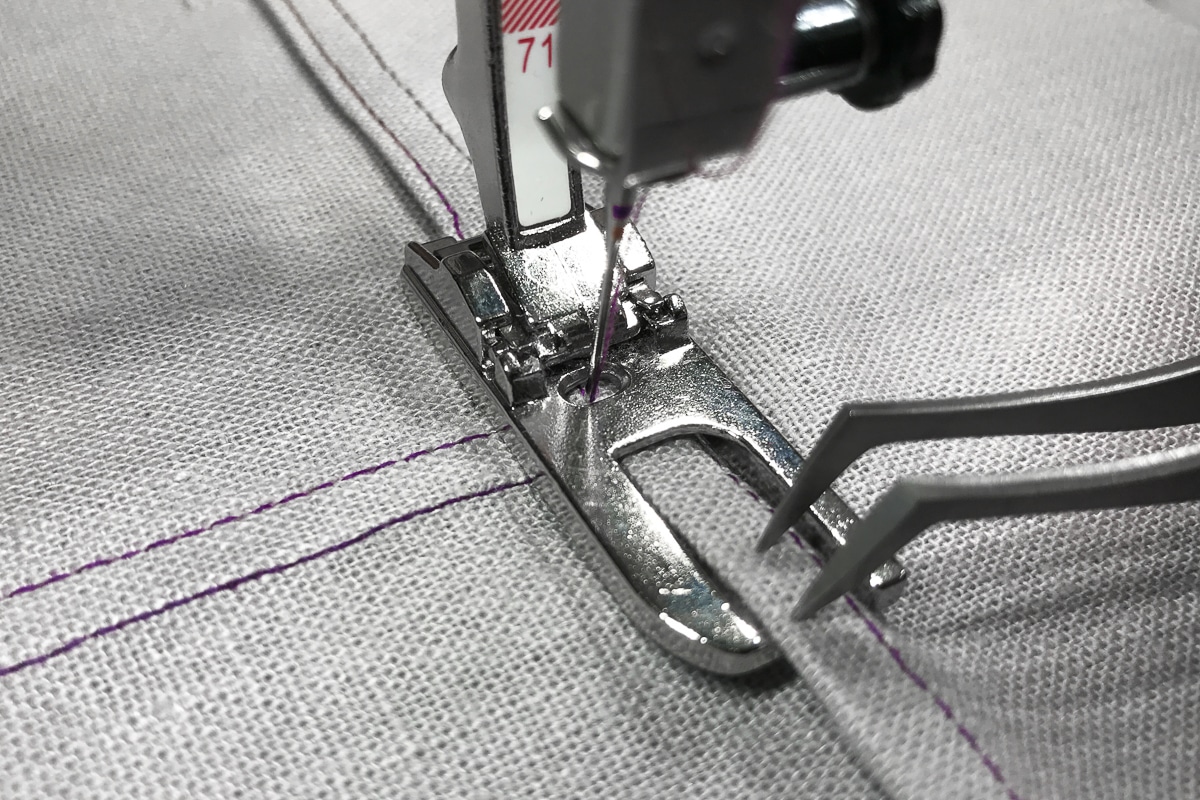
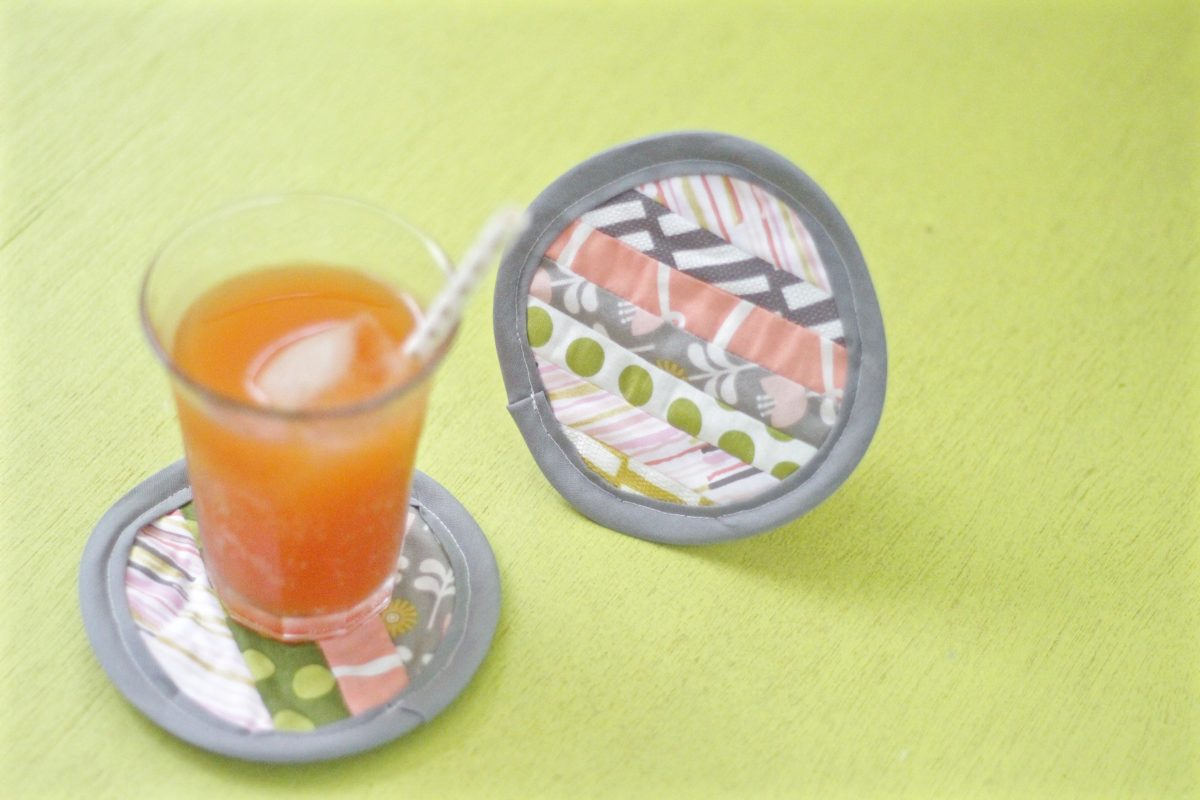
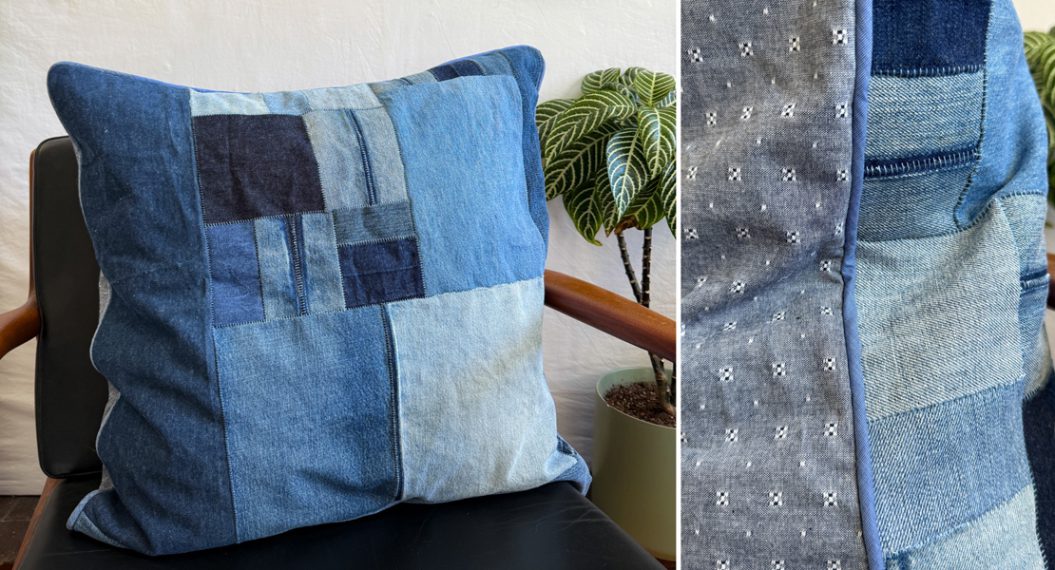
It’s so interesting to read about how you learned about potholder quilts, and what your experience has been with them. I especially like “Petals in the Wind” as it opens possibilities for other quilt designs with open spaces, sort of like cutwork. And, though I saw “Where We Connect” at QuiltCon, I didn’t realize it too was made with the potholder method. Well done, Cassandra! I am thoroughly enjoying the process of binding and hand-stitching together blocks (6″ squares and 6″ X 12″ rectangles) I collected for our modern potholder quilt which will be named “Pot Luck.” I can’t wait to share it with the world. Thanks for sharing all your lovelies.